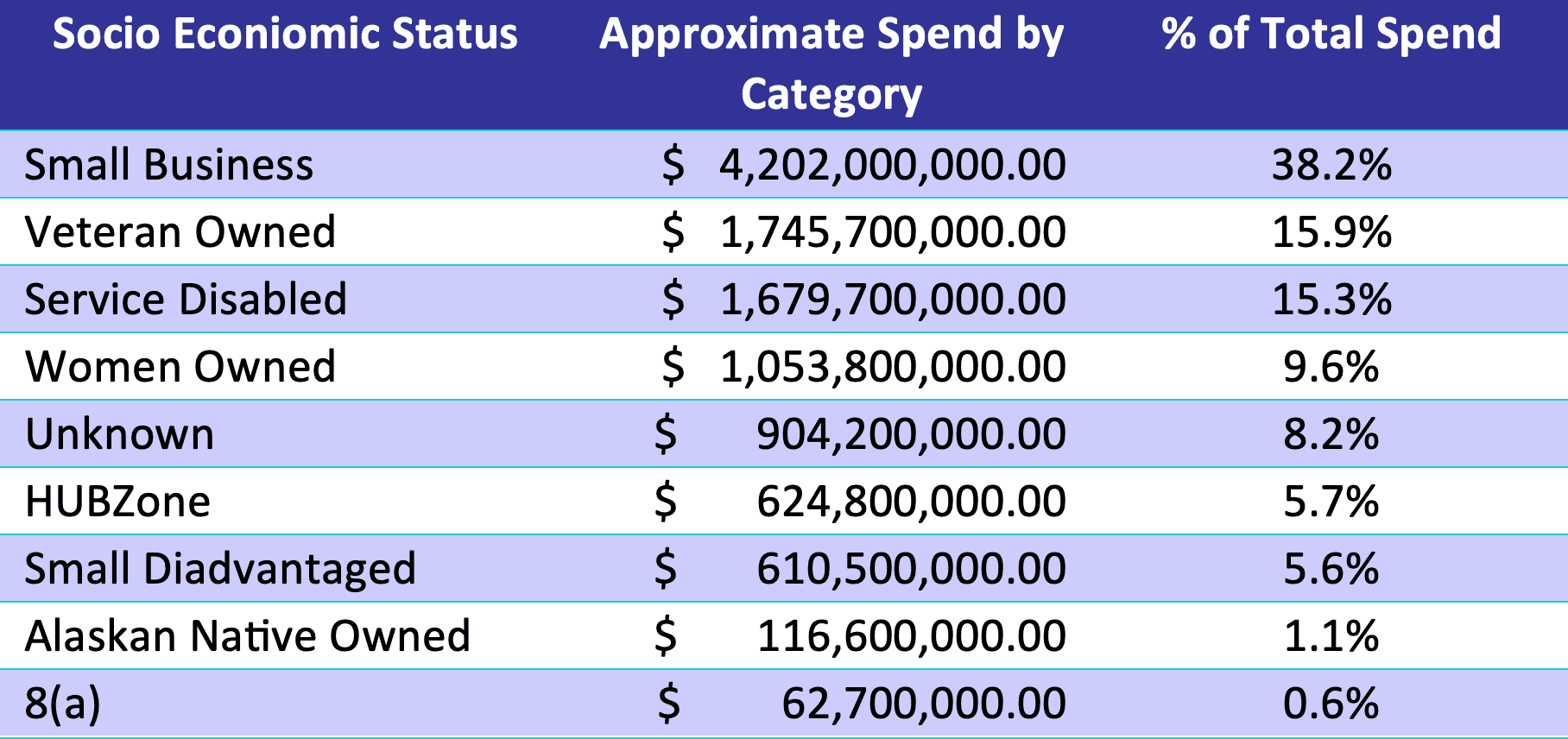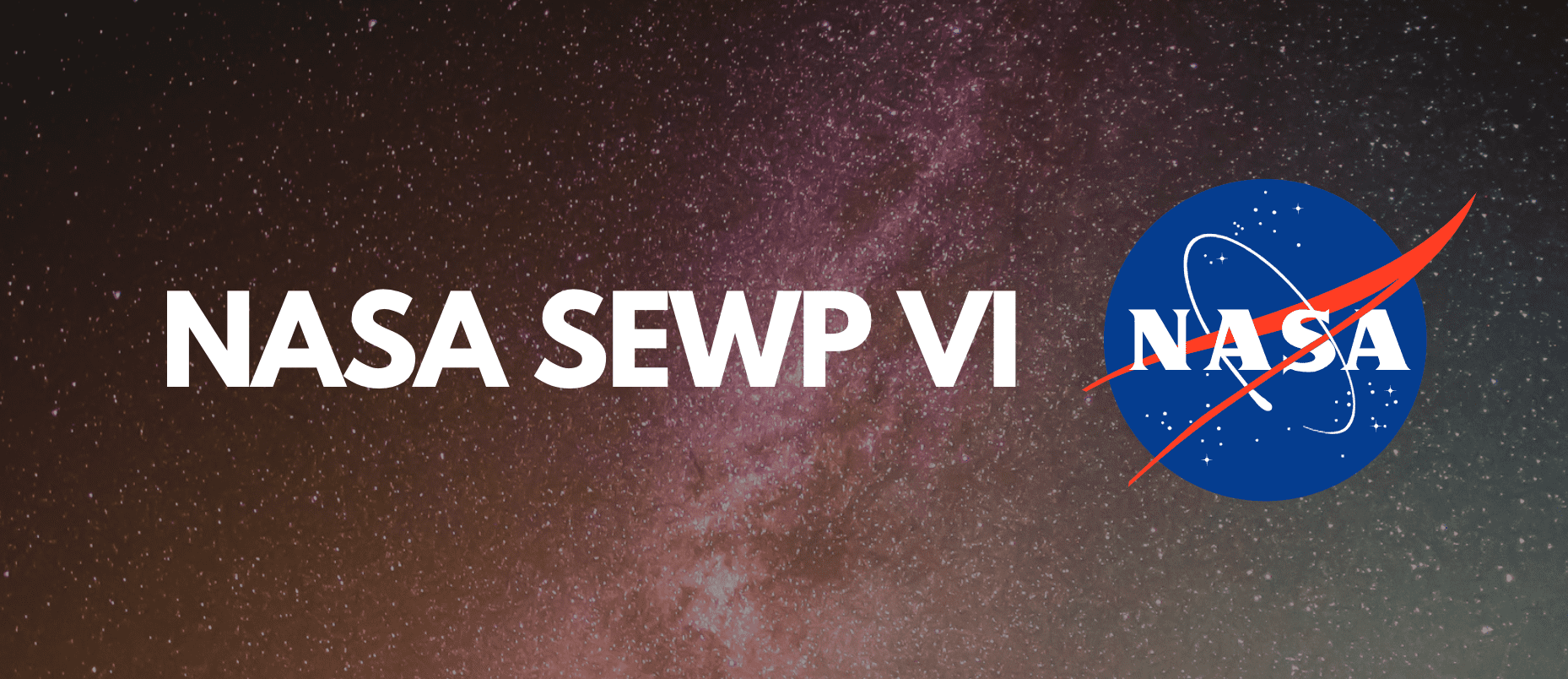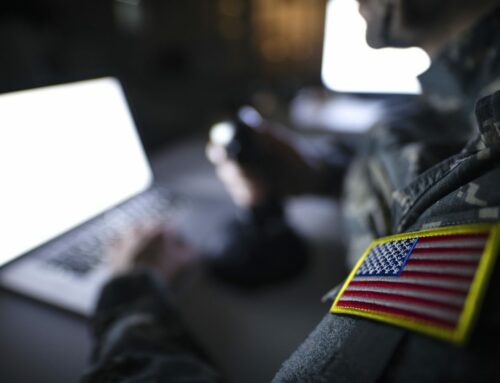It looks like we’re putting the nuts before the soup (chaos) that the SEWP VI effort will be.
Intro
NASA has begun the contracting effort for the follow-on to SEWP V. SEWP is arguably the best-in-class GWAC that provides federal agencies with a streamlined way to acquire IT products and services. Spend to date on SEWP V has been about $52B.
Popular Choice
SEWP VI will be a popular choice for federal agencies because it offers stand-out advantages, including:
- A wide range of IT products and services to choose from
- Competitive pricing
- Streamlined procurement process
- Access to the latest IT technologies
- Enterprise-level IT services
This procurement is full and open/unrestricted with small business set-asides. The second DRFP has been released, with questions due by October 23. SEWP V has 212 awarded contracts, and there will likely be more this time, because – all bidders who meet the requirements will get a contract.
Small Business Awards
If SEWP VI follows its predecessor, this will be great news for small business. The following table shows the contract spend through FY23 year-to-date:

Problems for Small / Medium Business
Although NASA SEWP has historically been friendly to small business, there are problems for small/medium companies in the DRFP:
- There is a requirement for $30M contracts, although the bidder company size threshold is limited to less than $34M.
- It is difficult to meet the past performance / experience requirements through teaming. Because the contracts of teaming partners such as subs and CTA members can’t be counted. So the present DRFP leaves only a JV as a potential solution, since a JV counts as a single entity.
- The $34M size standard disqualifies many incumbent small business contractors from rebidding as a small business, since the previous size standard was, up to 150 employees.
Many bidders feel these provisions are counterproductive. Concerned bidders should not hesitate to submit questions persuasively supporting their concerns.
Some key insights into the acquisition effort:
- The ceiling value for this iteration is anticipated to be in the $77B range.
- The final RFP is expected to be out in February 2024.
- SEWP V took six months from RFP release to RFP collection. So, if history repeats itself, there will be a long bid period as many amendments and possibly protests play out.
- If the Award Date holds, first task orders could be released for response starting in May 2025
SEWP VI Proposal Phases
The RFP outlines three phases in this bid:
- Phase 1 – PASS / FAIL
- Two Certifications
- ISO 9001: 2008 or ISO 9001: 2015
- CMMI Level 2, depending on the category
- Mandatory Experience
- Two Certifications
- Phase 2 – PASS / FAIL
- Past Performance
- Phase 3 –
Mission Sustainability
- Management
- Technical
Note: Right now, it is not apparent if the three phases come at different times or in one bid. The assumption is all at once unless we learn differently.
Now, more about the draft solicitation:
The requirements are broken down into six pools:
Category A: IT and AV products and Product-based Services
- Unrestricted
- Small Business
Category B: Enterprise IT Products and Services
- Unrestricted
- Small Business
Category C: IT and AV Services
- Small Business
- Reserved
There will be an Industry Day on 18 October, and you need to register here.
Level of Effort
Here is the good and bad news. For companies that can deliver, the SEWP contract is one of the most profitable. However, it is also one of the most challenging to bid. Depending on what is bid, there is well over 100 pages of response. There is an extensive period that the SEWP bid is on the street, with many amendments to deal with. One of our proposal consultants provided over 2,000 hours of service to a SEWP V bidder.
What You Should Be Doing Now
- If your service delivery processes and procedures need work, you have about five months to address this.
- Determine what your best rifle-shot strategy to win / deliver will be.
- Find a way to stand out in the pool of bidders.
- Begin your proposal planning process early. This will not be a “cookie cutter” like Polaris and OASIS+.
- As possible, figure out a way to put some form of a value-add twist on your offering, because that’s what the Program Management Office (PMO) likes to see.
- Determine if you will need consultant support. And if you do, go for it now, and not later when the best consultants are taken. We hesitate to say anything that could be considered a sales “scare tactic.” However, on the previous five evolutions of NASA SEWP, we have seen bidders who needed consultants but, for one reason or another, waited late and were disappointed.
OCI services available to SEWP VI bidders:
On SEWP V, OCI assisted 10 bidders, and all won contracts.
Services available include:
- Assist with working on your service delivery processes and procedures.
- Proposal Readiness Review (PRR) A qualified consultant performs a 3d-party review of your capability against the RFP and identifies any weaknesses / deficiencies / gaps. Doing this now gives you time to make a fix on some of the problems found and lowers the potential chaos after the final RFP release.
- Strategic planning
- On the bid itself:
- Staff augmentation – any position
- Whole proposal prep
To discuss SEWP VI reach out here.
Upcoming Webinar – Winning NASA SEWP – 12 October 2023 – Thursday
To register for this free webinar, click the link below.






Leave A Comment